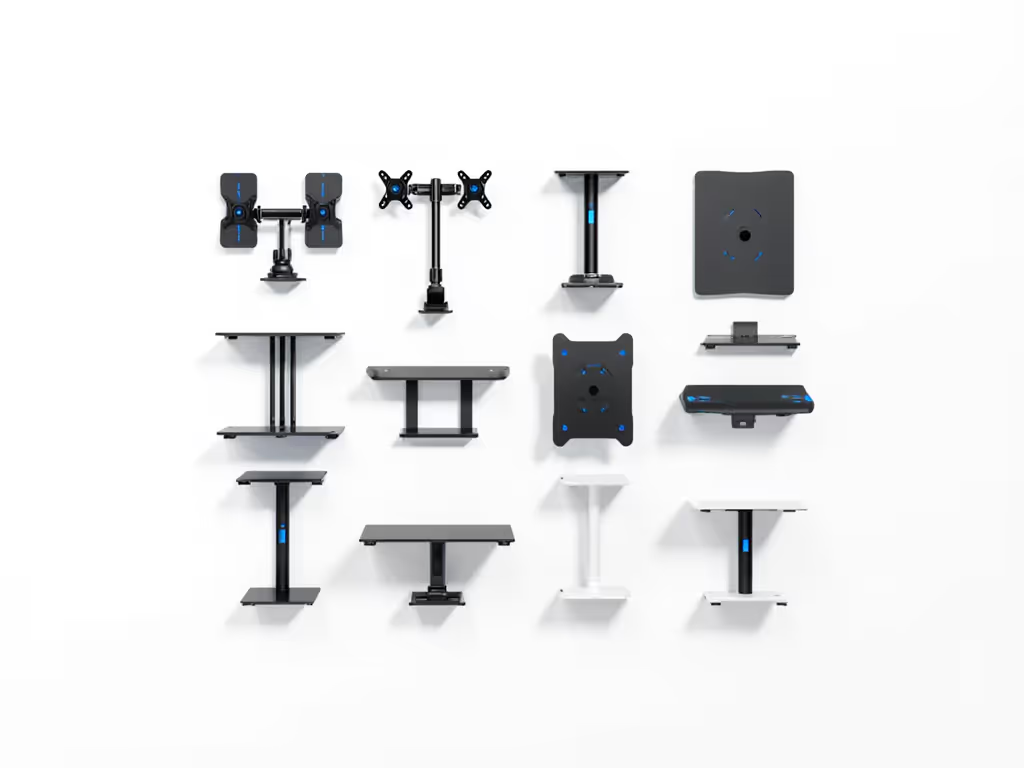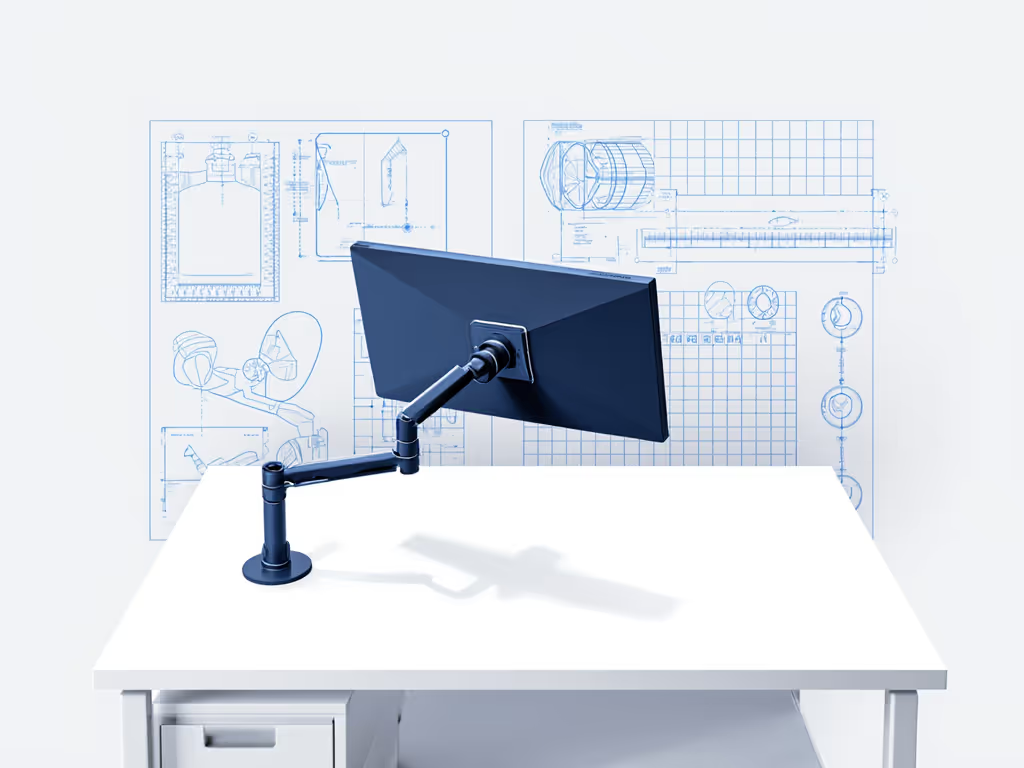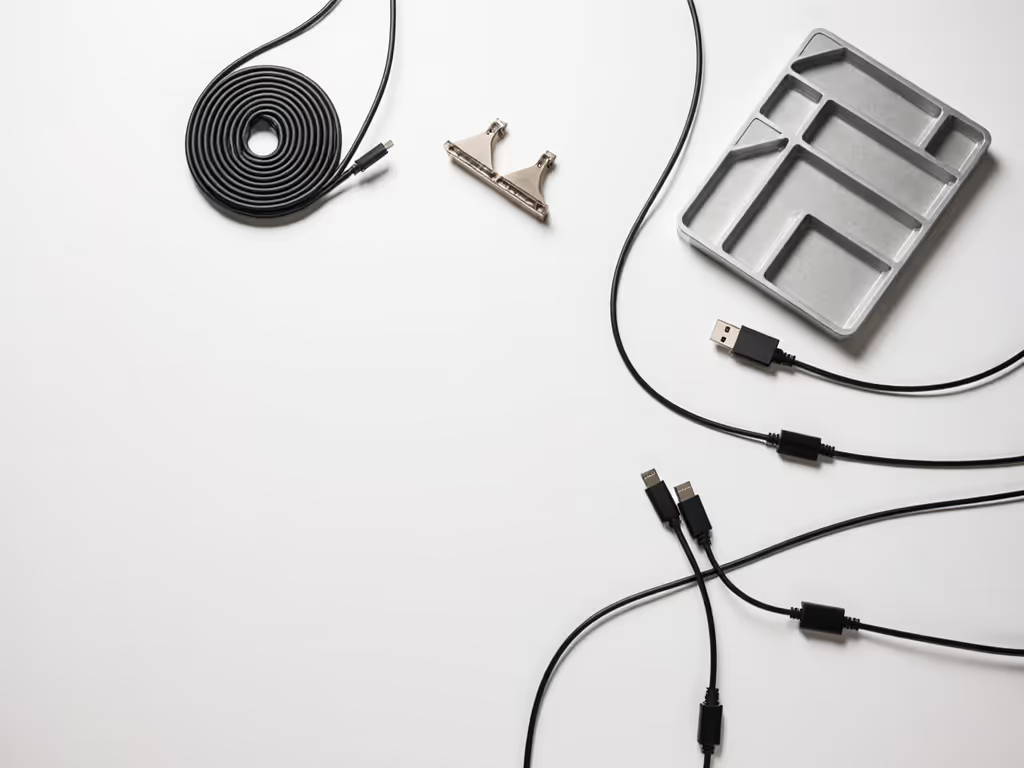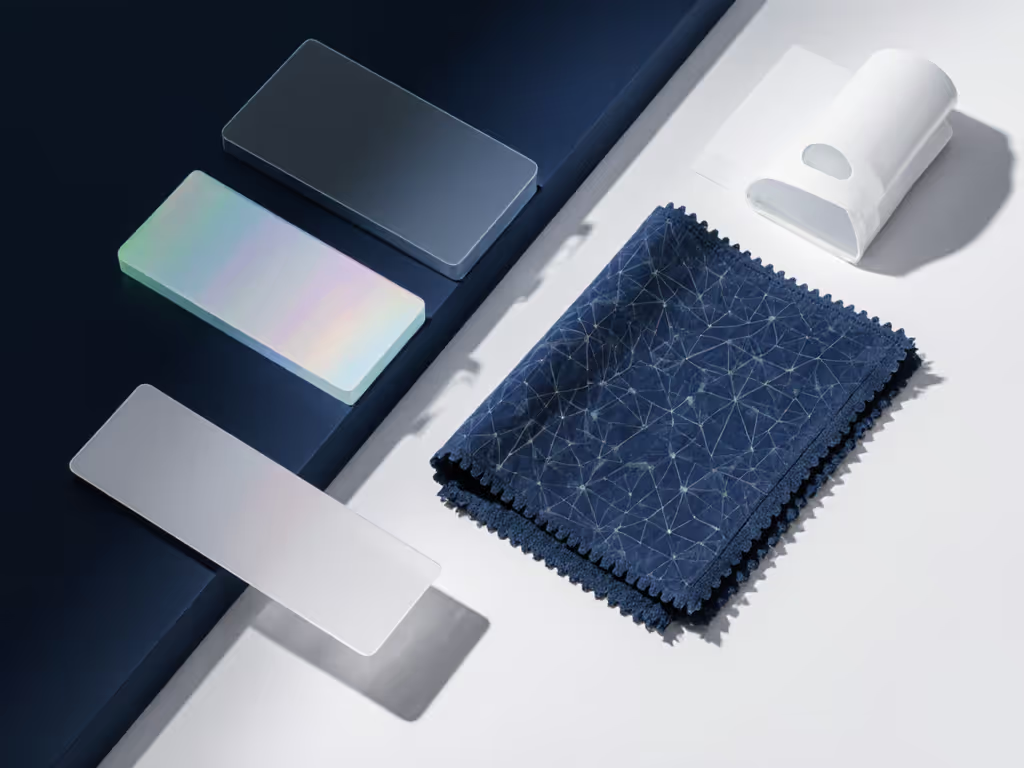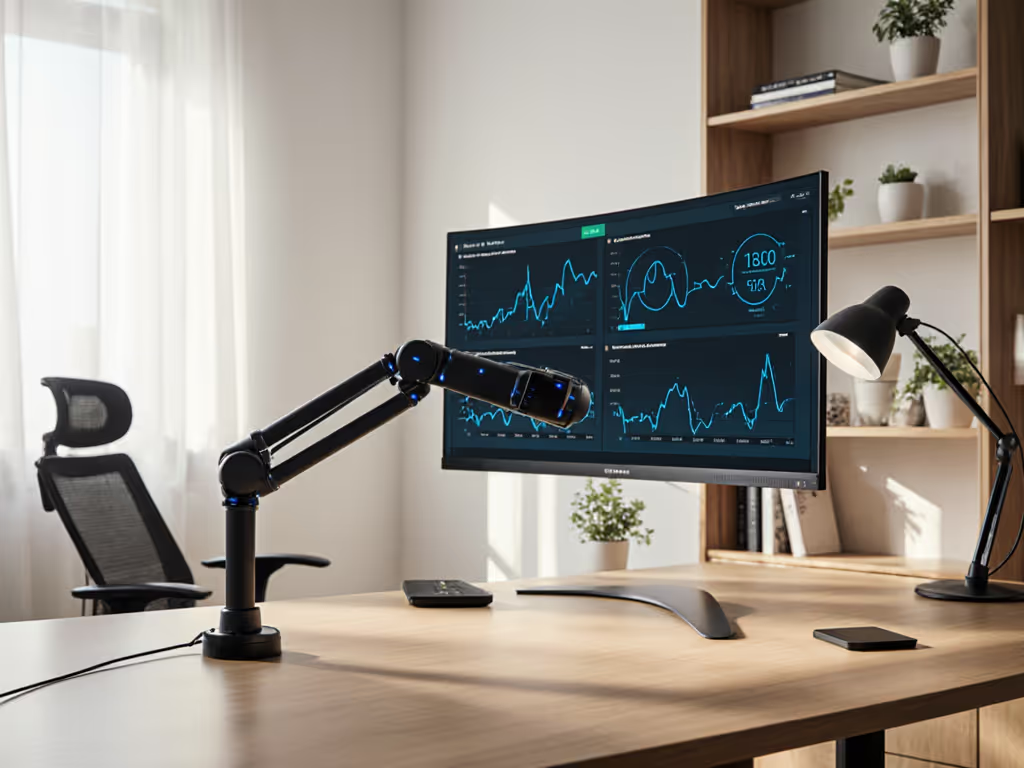
Health-Tracking Monitor Arms: 2025 Tested Guide
Learn how to choose and set up a health-tracking monitor arm with sensor integration, using a preflight checklist to ensure fit, comfort, and fewer returns.
In-depth comparisons of mounting approaches, mechanisms, and form factors—including wall vs. desk, clamp/grommet/bolt-through, gas spring vs. counterbalance—and guidance on choosing the right installation for your space.

Learn how to choose and set up a health-tracking monitor arm with sensor integration, using a preflight checklist to ensure fit, comfort, and fewer returns.
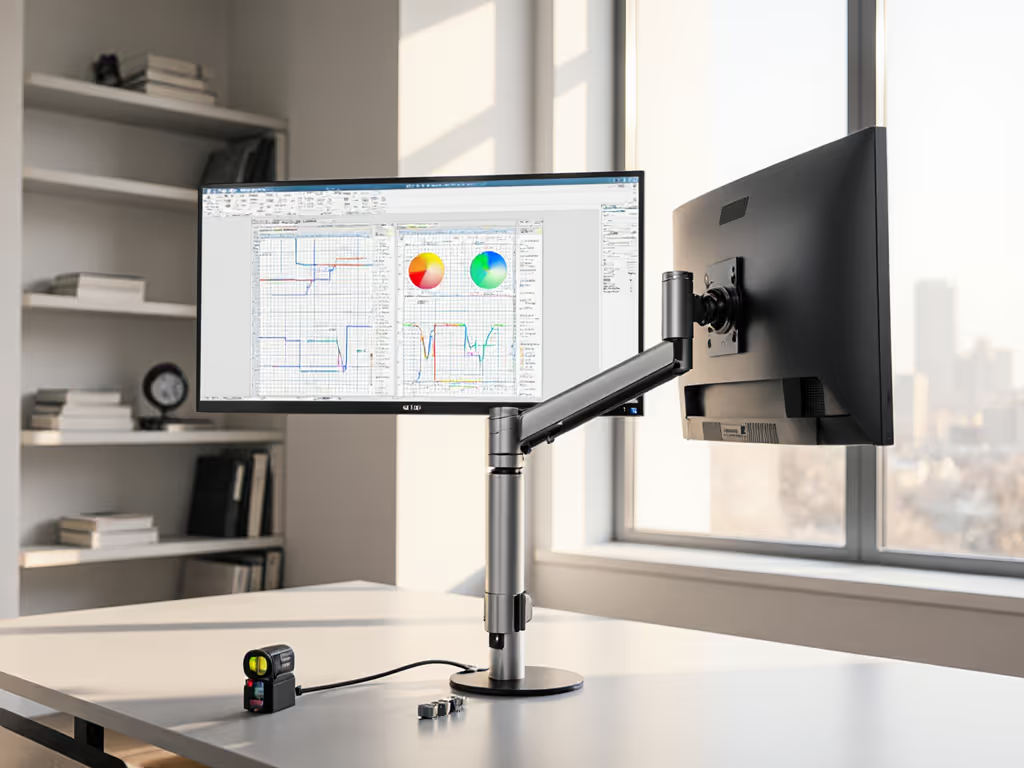
See how rotation stability, damping, and cable management in portrait mounts protect color accuracy and text alignment, with specs to verify precision.
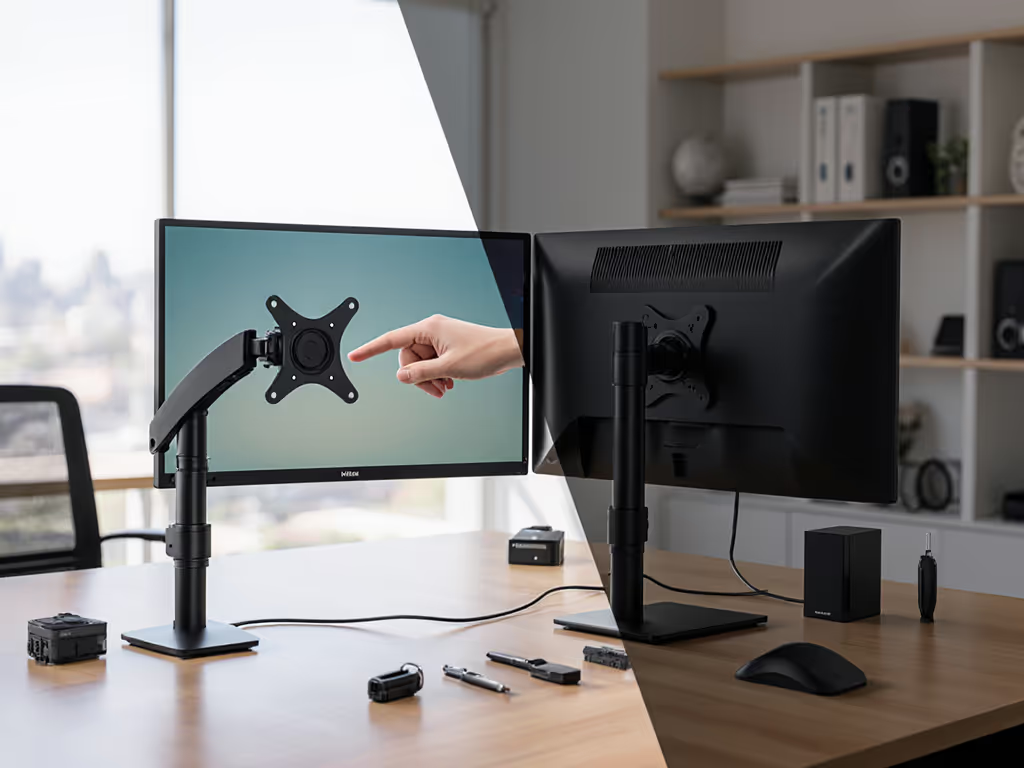
Spec mounts, cables, docks, and calibration for touchscreens with torque, shielding, and ergonomics in mind to avoid wobble, misalignment, and input lag.
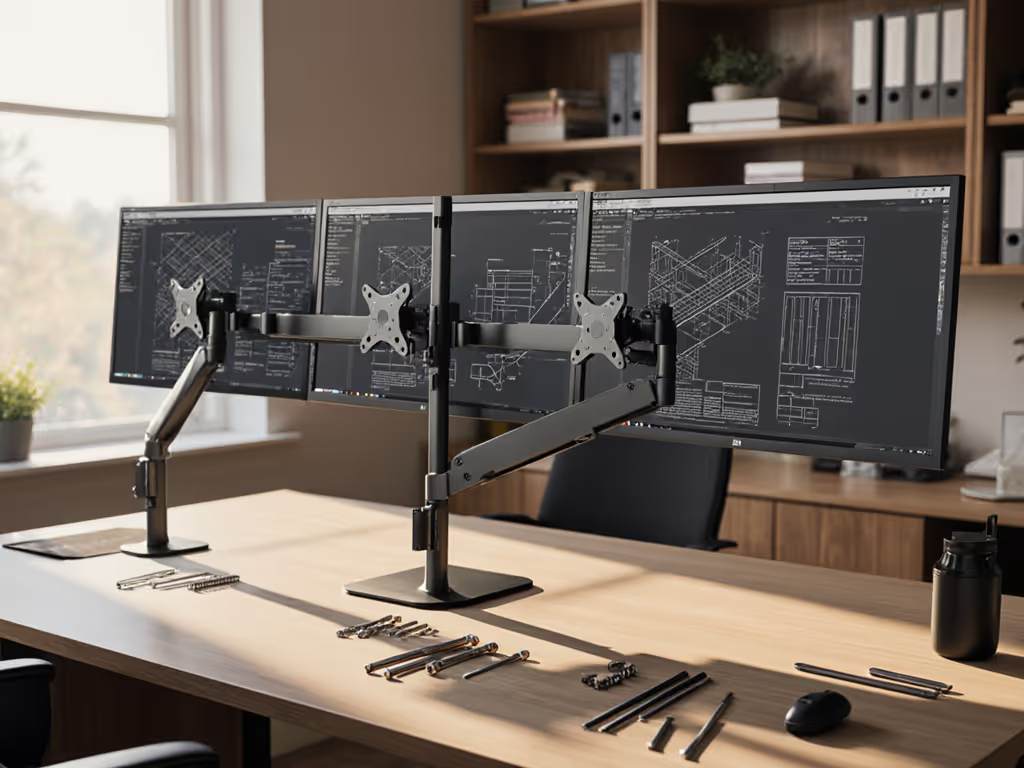
Get aligned, stable multi-monitor setups by running a 5-minute preflight: confirm VESA and weight, cable specs and conduit, and desk clamp compatibility.
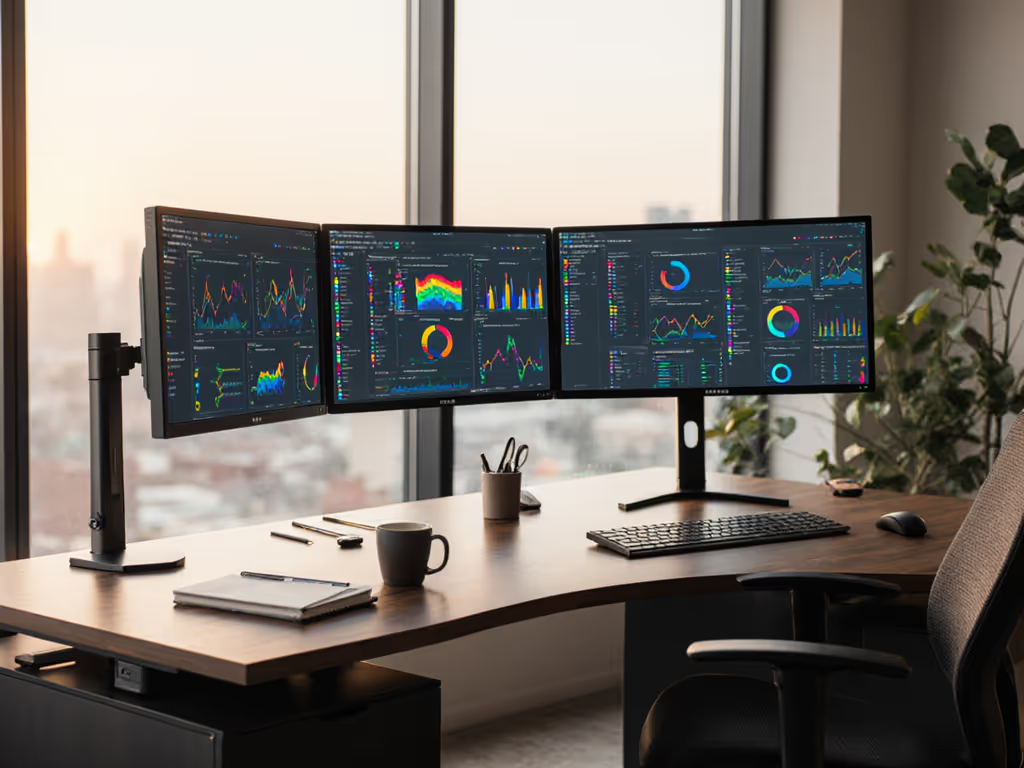
Use data-driven steps to choose between triple and single displays: measure desk depth, ports, and power with a five-minute preflight for a first-time fit.
